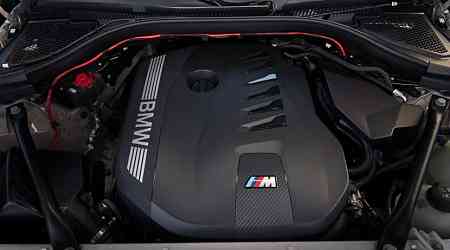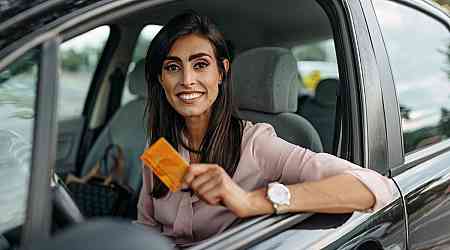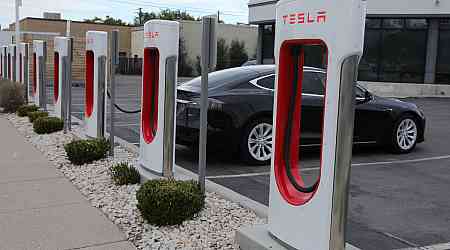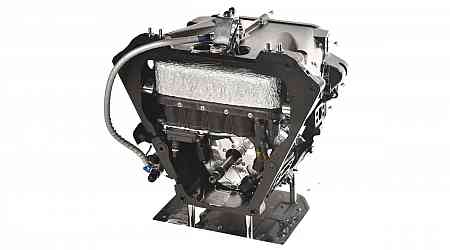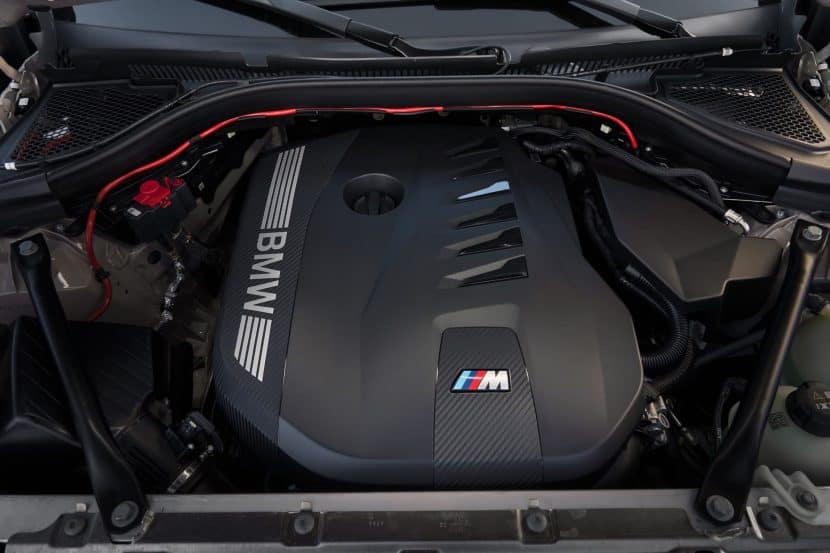Love them or hate them, many believe speed cameras are a necessary technology for keeping many of our roads safe.
Also known as road safety cameras, speed cameras have been used across Great Britain - England, Scotland and Wales - since the Road Traffic Act was implemented in 1991.
Speed cameras have always been a controversial topic among drivers, with many believing they can save lives, and others believing they are ineffective.
According to a survey conducted by IAM Roadsmart, however, some 80% of drivers thought using speed cameras was “acceptable or very acceptable”.
But are they effective? A study completed by the RAC found that casualties dropped by 27% in areas where speed cameras were installed - although a small number of sites did see an increase in casualties of around 4%.
A separate London School of Economics study revealed that speed cameras reduced accidents by between 17% and 39% from the years 1992 to 2016, also reducing fatalities by between 50% and 68%.
Speed cameras are disliked by many drivers because of the fines they generate, which result from getting caught driving over the speed limit.
How do speed cameras work?
It might seem obvious when you’re on the road, but there are many different types of speed cameras that work in different ways. You can see a full list of the types of speed cameras used in the UK further down the page.
Generally, though, speed cameras work by detecting a vehicle’s speed using radar systems, or using technology built directly into the road.
Many cameras will let off a bright flash if you’re driving over the limit, capturing your car’s numberplate, colour, make and model. Some newer cameras will also target the driver\s face.
Some cameras are mobile. This is where a police van will position itself, just off the road, to detect speeding drivers. Other cameras, such as those found in areas with temporary speed limit adjustments, will record your average speed, and if you exceed it, you will be fined.
Where can speed cameras be found?
The UK has over 7000 speed cameras, which led to 245,043 speeding fines issued in 2022 alone, which marked a record year of offences. They can be found along any sort of road with a designated speed limit or speed restriction.
This includes roads with limits of 20mph, 30mph in slower areas, 40mph or 50mph on slightly faster roads, and national speed limit zones such as motorways, which are usually rated at 70mph.
Most cameras are clearly marked with signage along the road and are painted bright yellow. They’re usually found just off the road and pointing in the direction of travel, while others will be positioned overhead on a gantry.
Many mobile map apps, such as Google Maps, Apple Maps and Waze, will tell you where fixed speed cameras and average speed cameras are located as you’re driving. Some apps also report the estimated position of police mobile speed cameras.
I’ve just been caught speeding - what happens next?
If you commit a speeding offence, your number plate will be scanned. It will then be sent to the DVLA along with a request for the car’s registered address.
You’ll then be sent a Notice of Intended Prosecution (NIP), along with a questionnaire to fill so it can be established who was driving at the time of the offence.
Is there a penalty for speeding?
If you’re caught speeding, you will be fined £100 and will receive three points on your driving license, but this can increase if your offence is particularly severe.
You might be offered a speed awareness course, which is usually run by your local police force or government authority if it was your first offence.
Click here to find out more about speeding fines, how they work, and how much you might need to pay if you’re caught.
What are the different types of speed cameras?
There are a variety of different speed-detecting technologies on British roads today – many of which you will see on your day-to-day commute and some of which you might not have heard of. Here are the most common.
Remember: all speed cameras have to be coloured bright yellow by law, so there’s no excuse for missing them. Police vans are, by design, harder to spot from a distance.
Aecom mobile camera
Trials for the Aecom-managed mobile police camera started in 2022 but expanded in 2024. These vans use technology to take pictures of drivers which will then be analysed to prosecute those using their mobile phones at the wheel, or those not wearing a seatbelt.
Forces using Aecom camera vans including Greater Manchester Police, Staffordshire, Humberside, Durham, Wiltshire, Norfolk, Thames Valley Police and Northamptonshire.
Truvelo
Most commonly mounted on a pole at the side of a single or dual carriageway, the Truvelo speed camera uses a front-facing lens to record your speed, backed up by a matrix of small squares painted on the road (secondary evidence of speed is required with all fixed-position cameras).
While images of motorcycle numberplates can be tricky to capture due to their lack of front registrations, the Truvelo can identify drivers of other vehicles, adding a further layer of evidence if a prosecution is disputed.
More recently, a Truvelo D-Cam has been launched for motorway applications, with front- and rear-facing capabilities.
Gatso
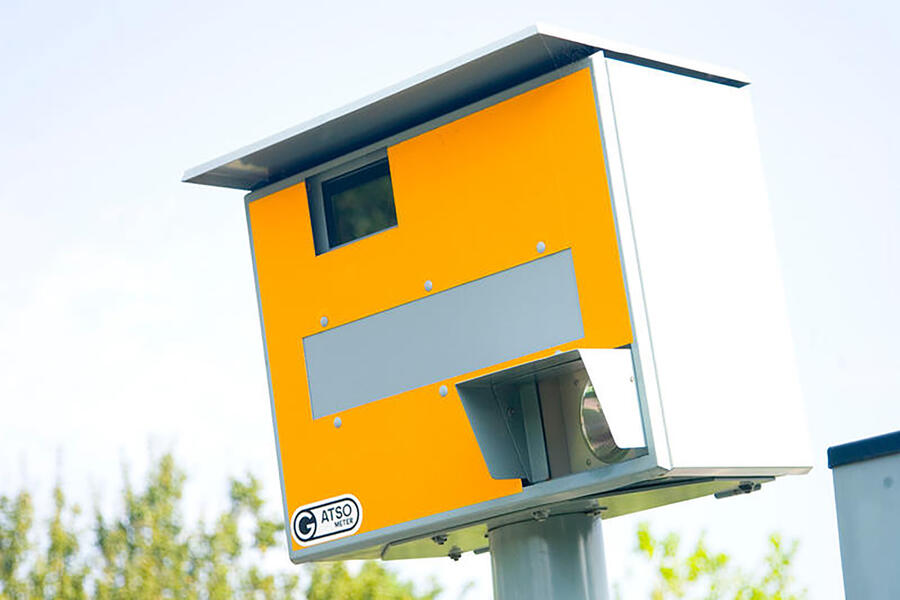
The name that most of us are familiar with, the Gatso first graced our road scene in 1991 and is a rear-facing camera, meaning that it records your vehicle after it’s passed the camera unit, with two images taken in quick succession.
Like the Truvelo, the images are supported by secondary evidence of speed provided by painted ‘dashes’ on the road surface. These dashes may be found on both sides of the road next to the camera, but the Gatso will only record your speed in the direction in which it is facing.
SPECS
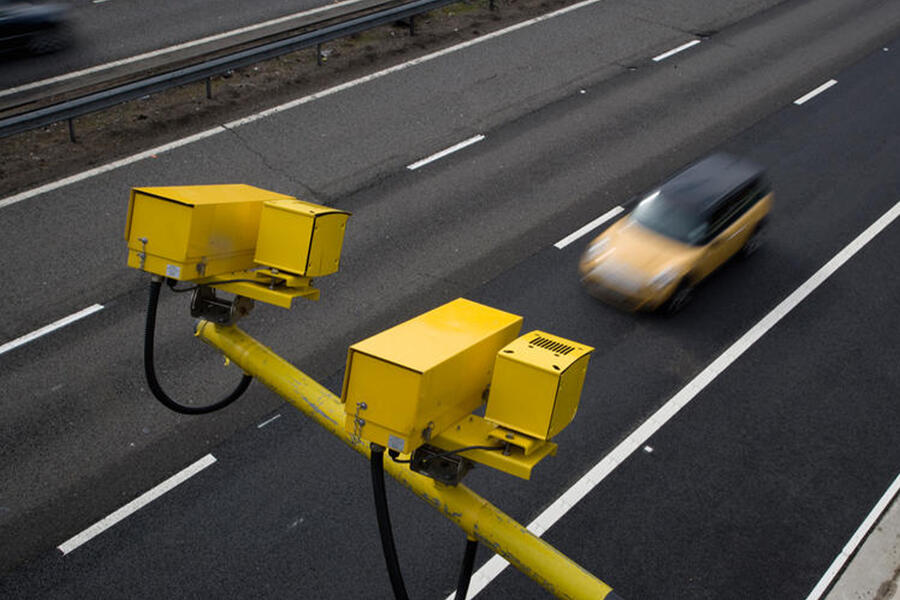
SPECS (average speed check cameras and speed enforcement) units measure your speed over a set distance, via two banks of cameras.
Most commonly found through roadworks, or where there is a lower than normal speed limit, they use automatic numberplate recognition (ANPR) to identify vehicles.
As you pass the first set of cameras, your vehicle’s details are recorded, and if your average speed before reaching the second camera is above a set threshold, a notice of intended prosecution (NIP) will be automatically generated. (See below.)
HADECS 3
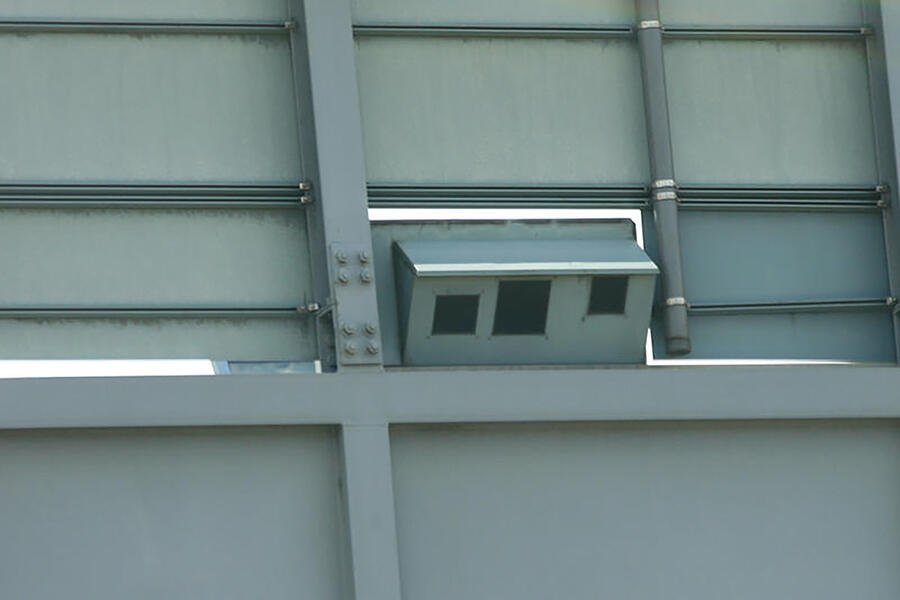
The catchily named Highways Agency Digital Enforcement Camera System 3, or HADECS 3 for short, is most commonly found on smart motorways, mounted on the overhead gantries that carry variable speed limit alerts.
The camera’s limited use of yellow cladding and the fact that it is a fraction of a Gatso/Travelo’s size mean that it can be easily missed, especially if you’re travelling at 70mph.
HADECS 3 is rear-facing, and once again it uses painted dashes on the road as secondary evidence of a vehicle’s speed. It also adapts to posted, mandatory speed limits that can vary depending on road conditions.
Long-ranger
Long-ranger cameras are the most capable form of speed enforcement from a distance, with the ability to snap drivers from as far as 1km away. They’re used for speed enforcement as well as mobile phone and seatbelt infringements.
Mobile speed camera units
It’s not uncommon for the police to monitor vehicle speeds at known accident hotspots using mobile units – quite literally, vehicles with miniature Gatso cameras pointing through their rear windows.
These are often found parked in laybys or above dual-carriageway or motorway bridges and have a range of up to one mile. The police also have access to handheld radar- and laser-controlled devices that can be used at a variety of locations.
AI speed cameras - Vector SR
The most modern speed cameras use artificial intelligence (AI) to prosecute drivers speeding, but also to catch them breaking other driving laws.
Vector SR cameras, which were first installed in Greater Manchester in 2023, capture images of a vehicle from both the front and rear. Instead of using a bright flash to capture the offending driver, Vector SR cameras use infrared technology for improved use in all light conditions.
In addition to tracking driver’s speed, these cameras can also detect whether a driver is wearing a seat belt or if they’re using a mobile phone.
TruCAM II
The TruCAM II is a type of hand-held speed gun that can catch speeding drivers from a distance of up to 750m, night and day. It uses laser technology and digital imaging to catch speeding or distracted drivers, as well as GPS for location-based detail.



















